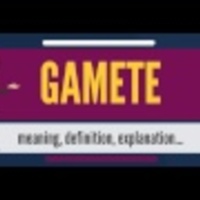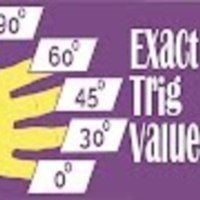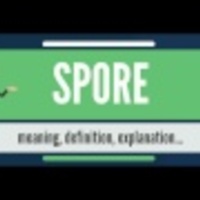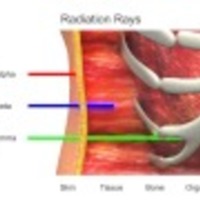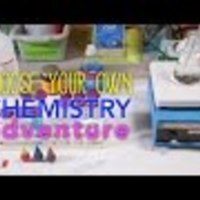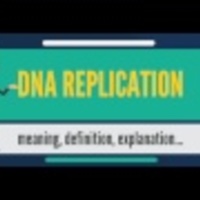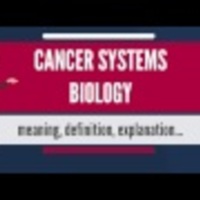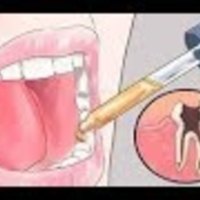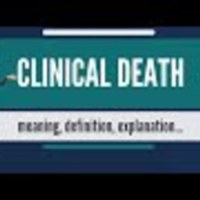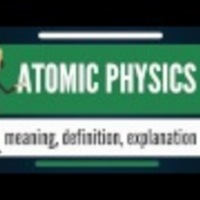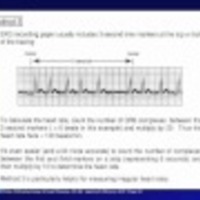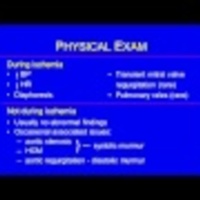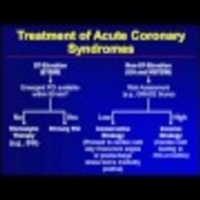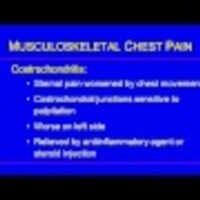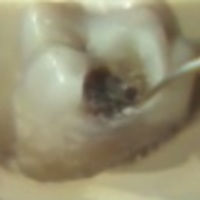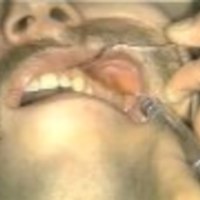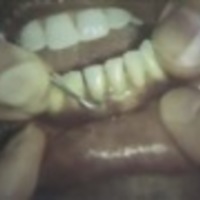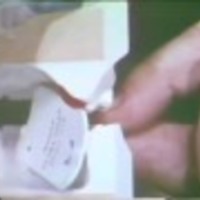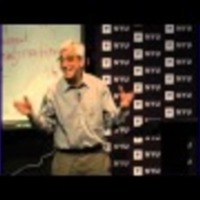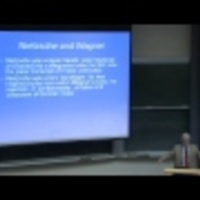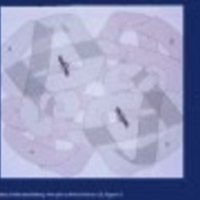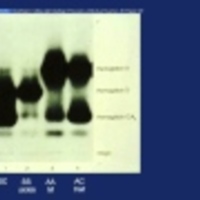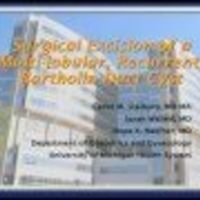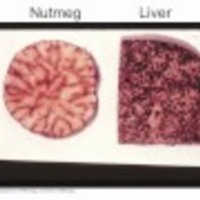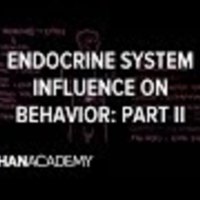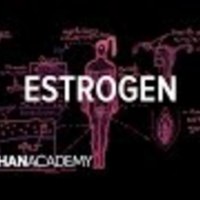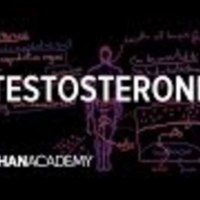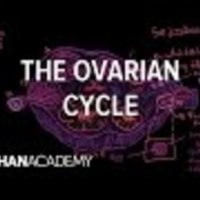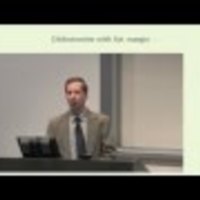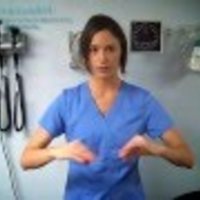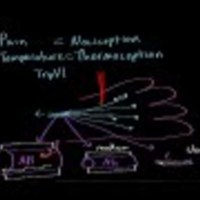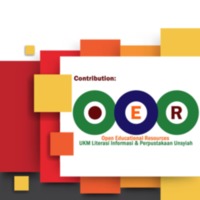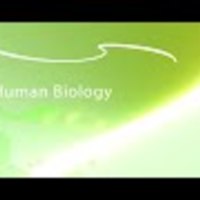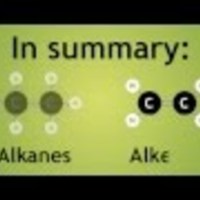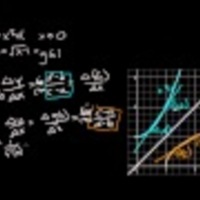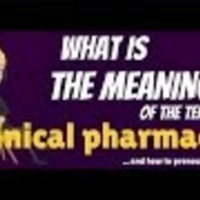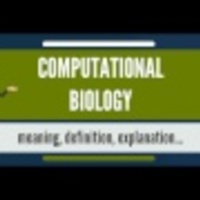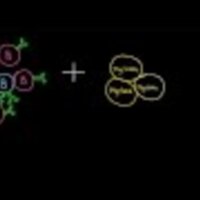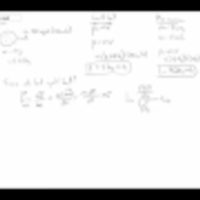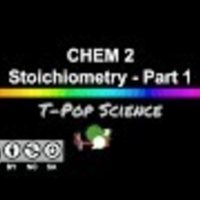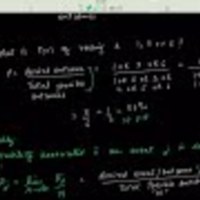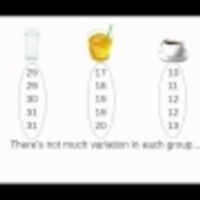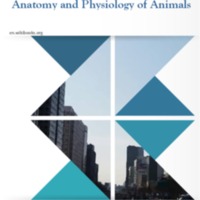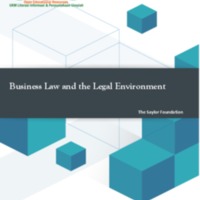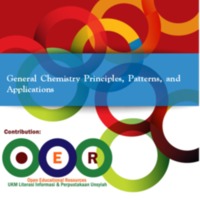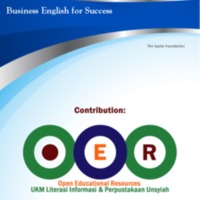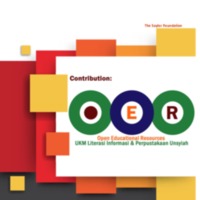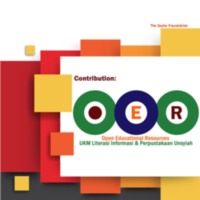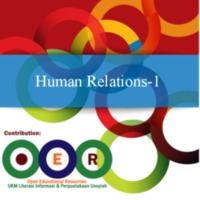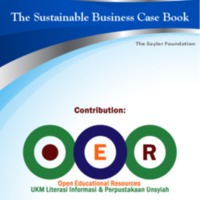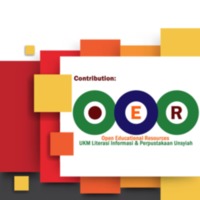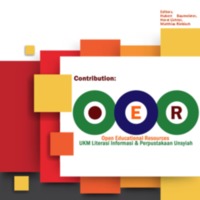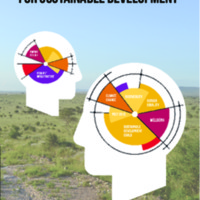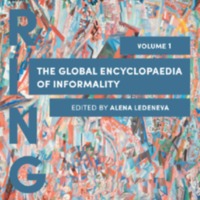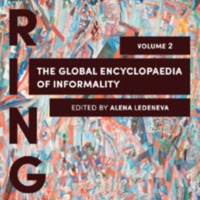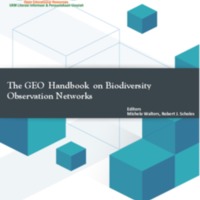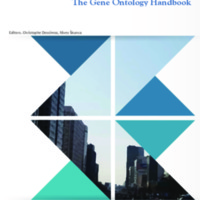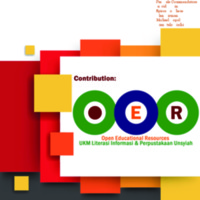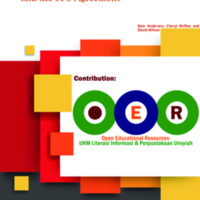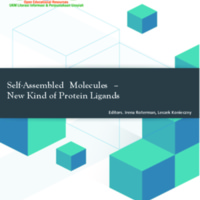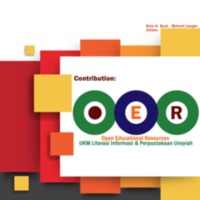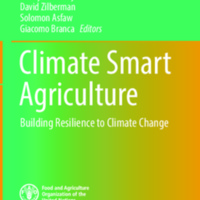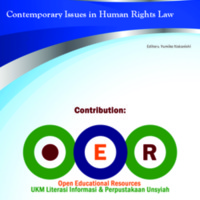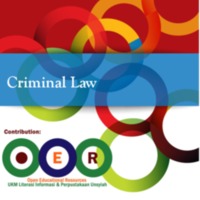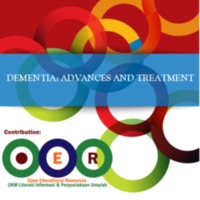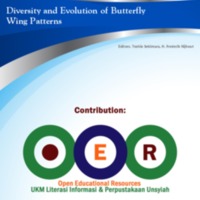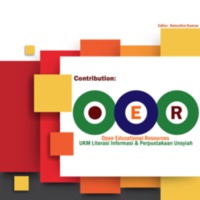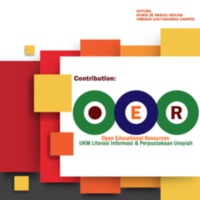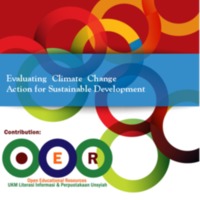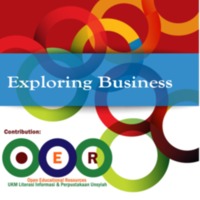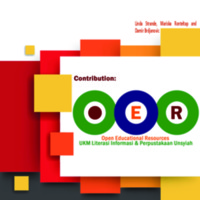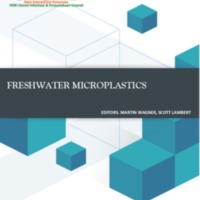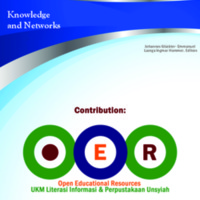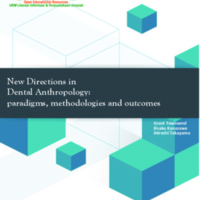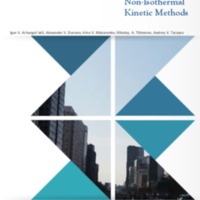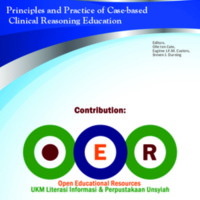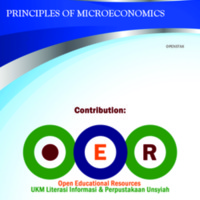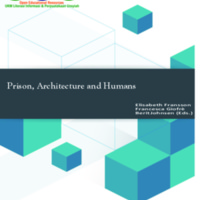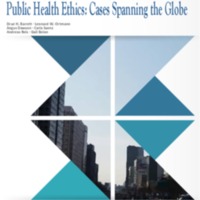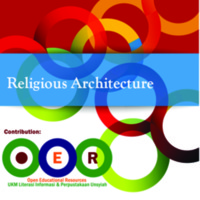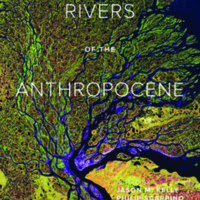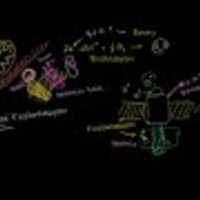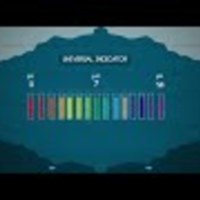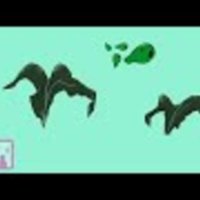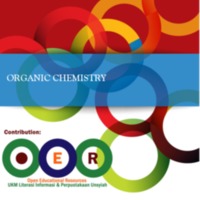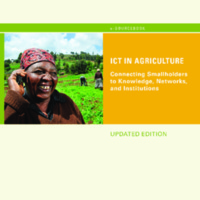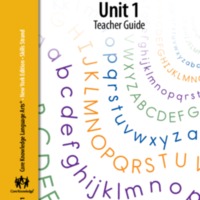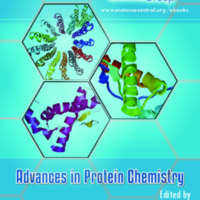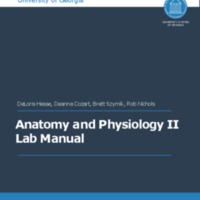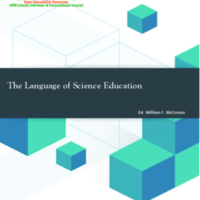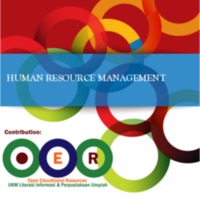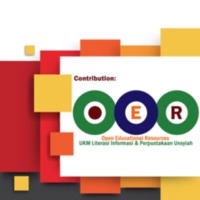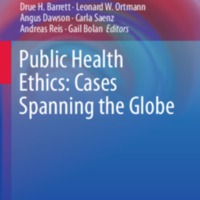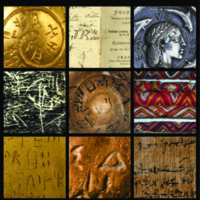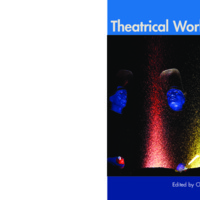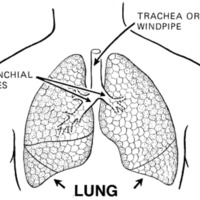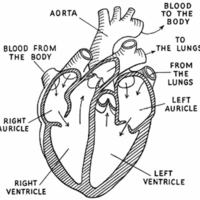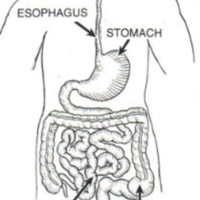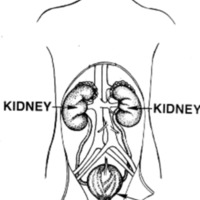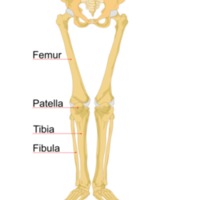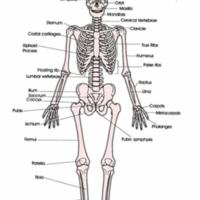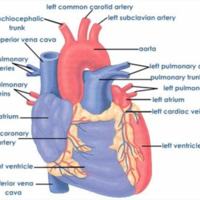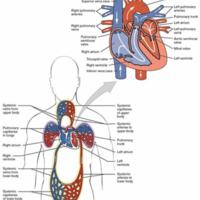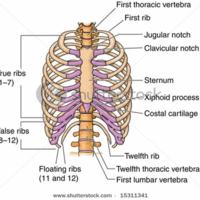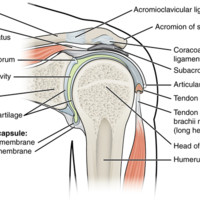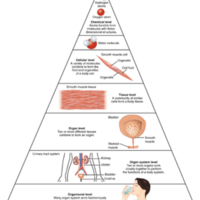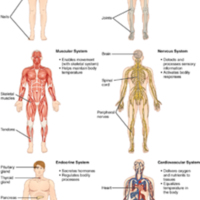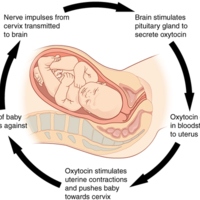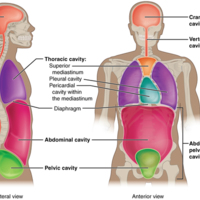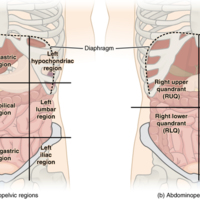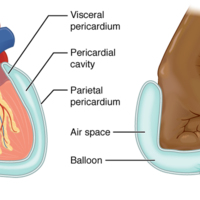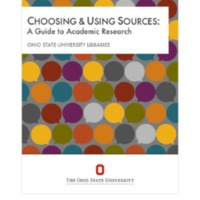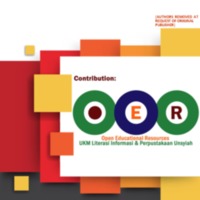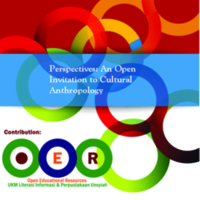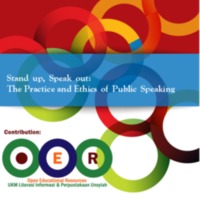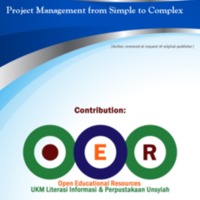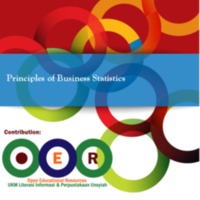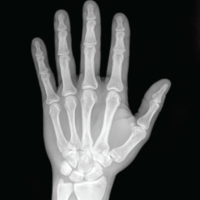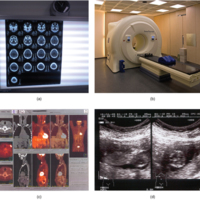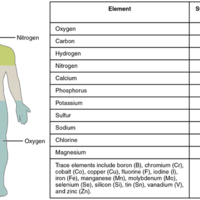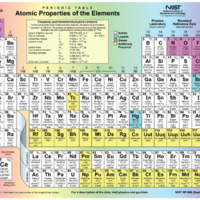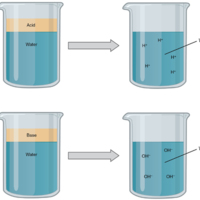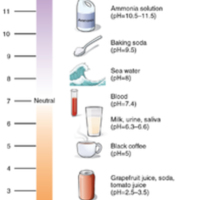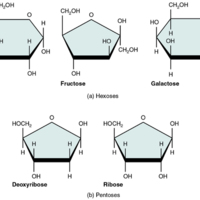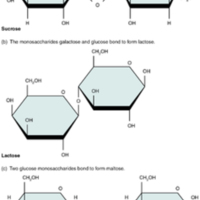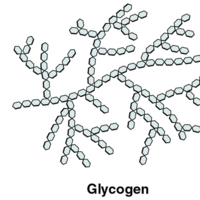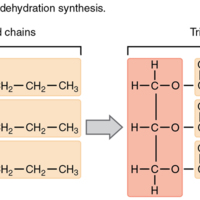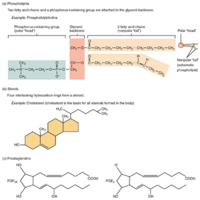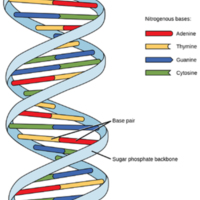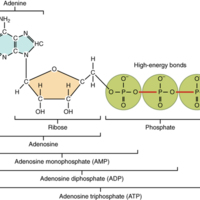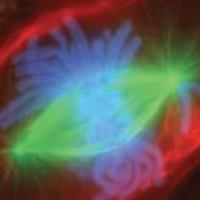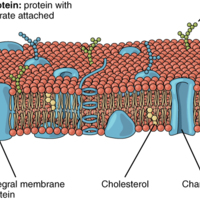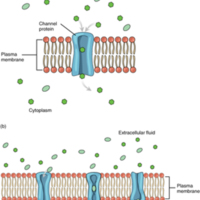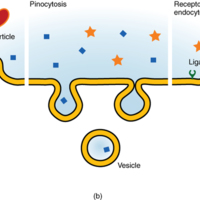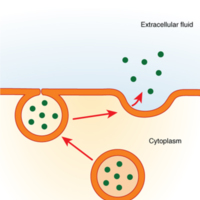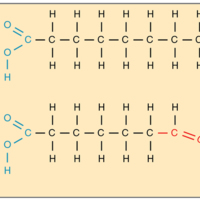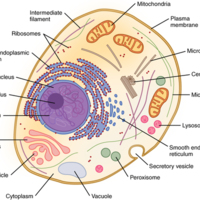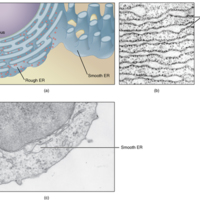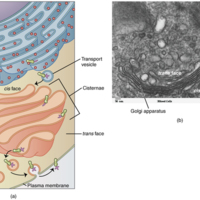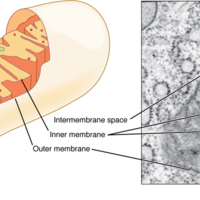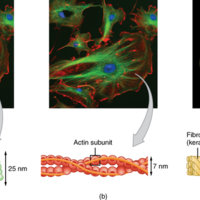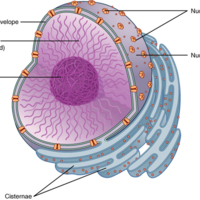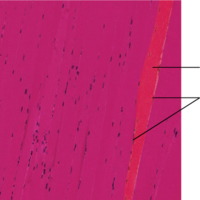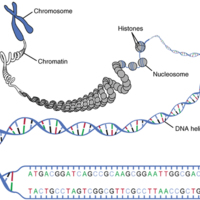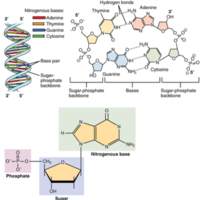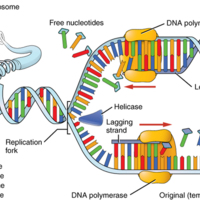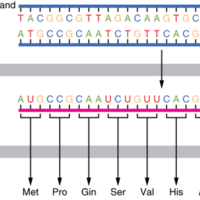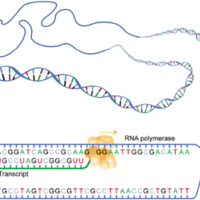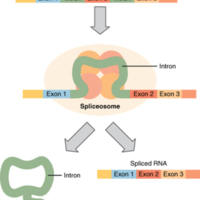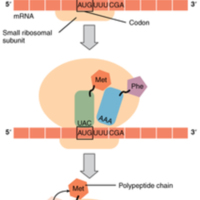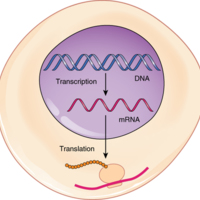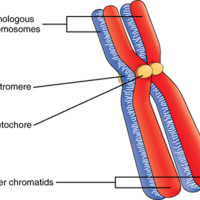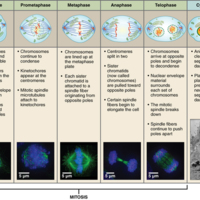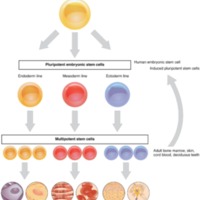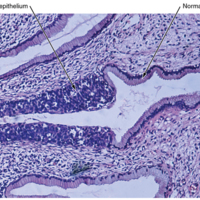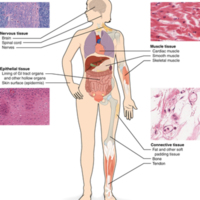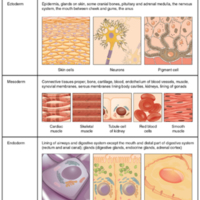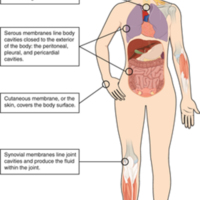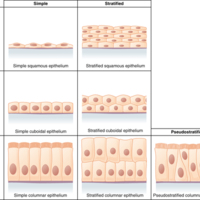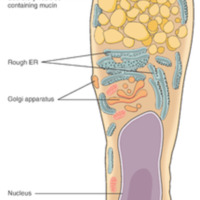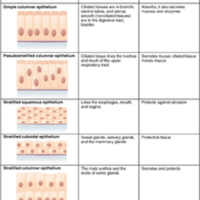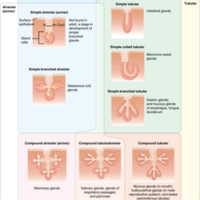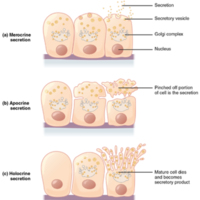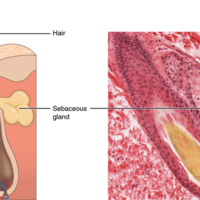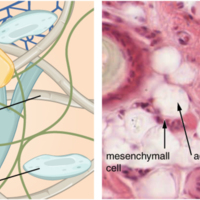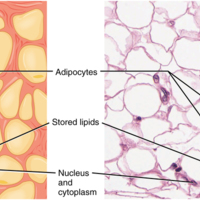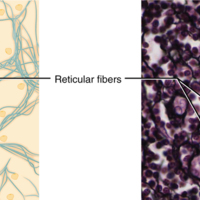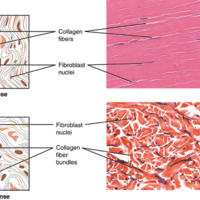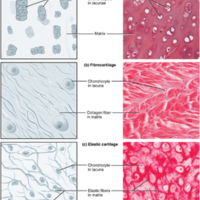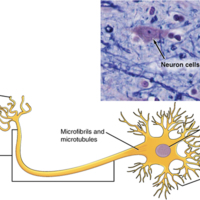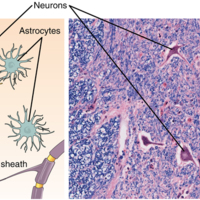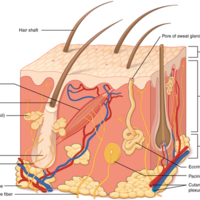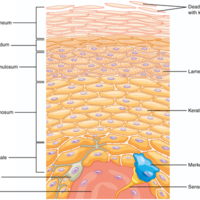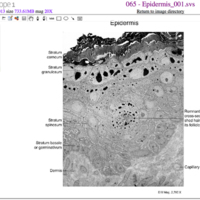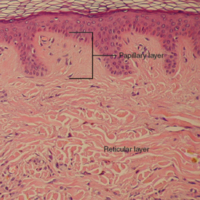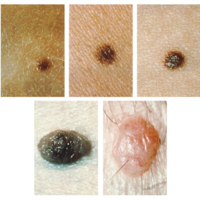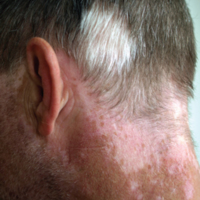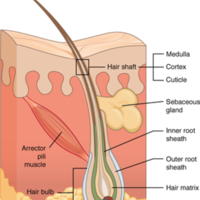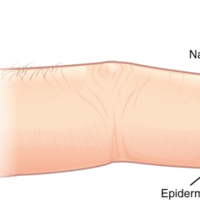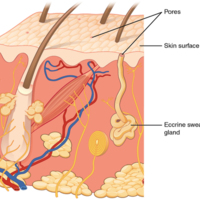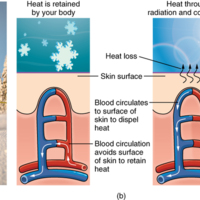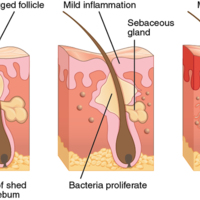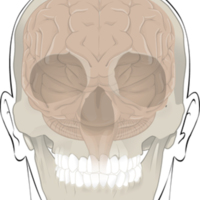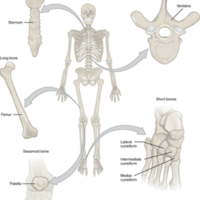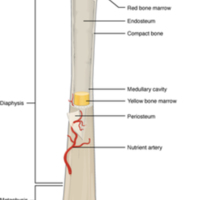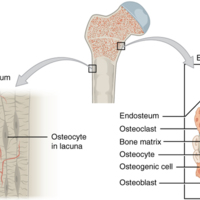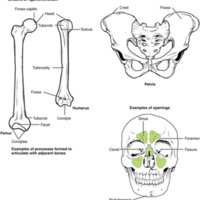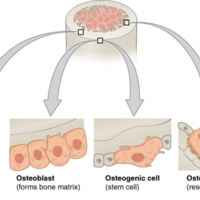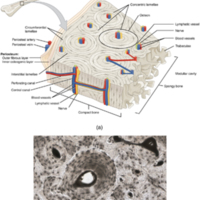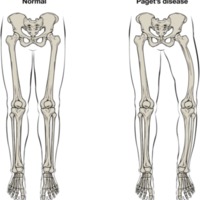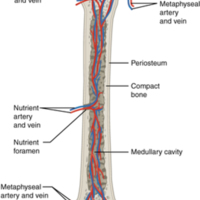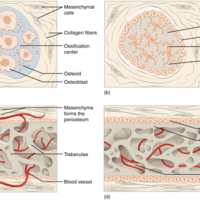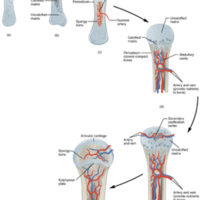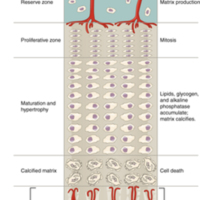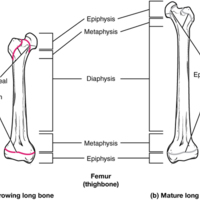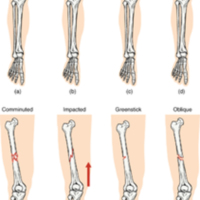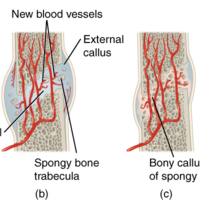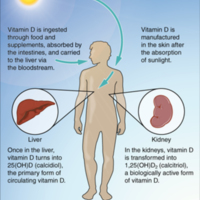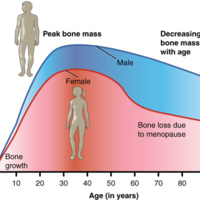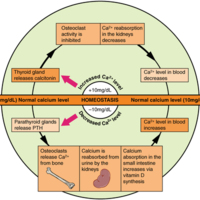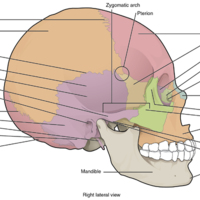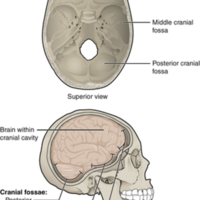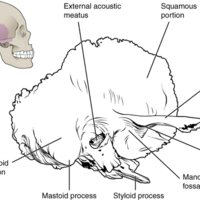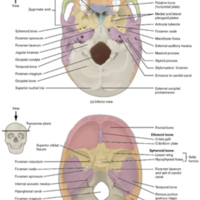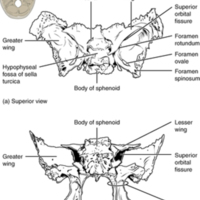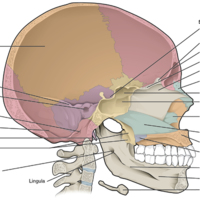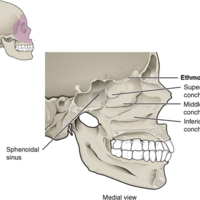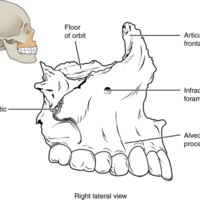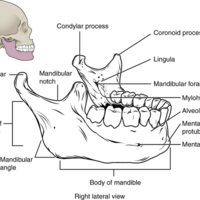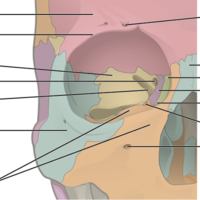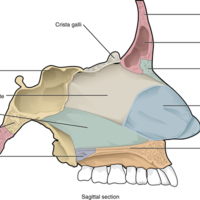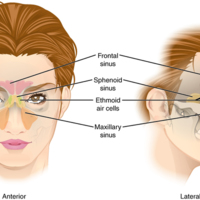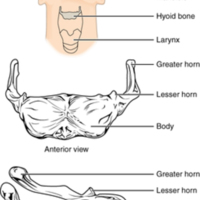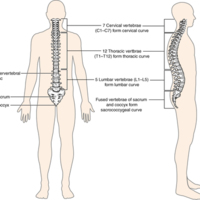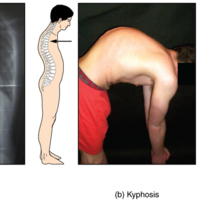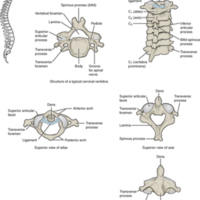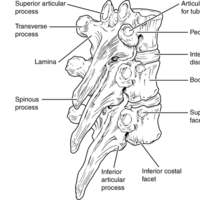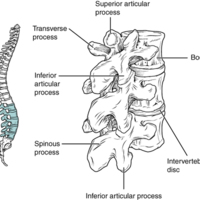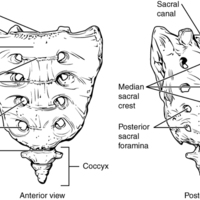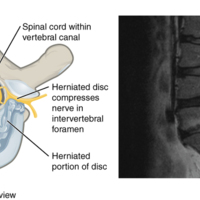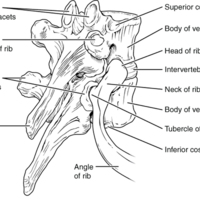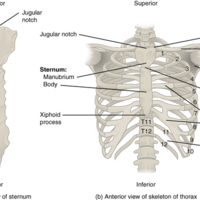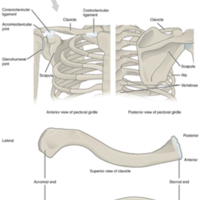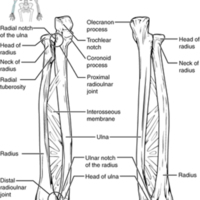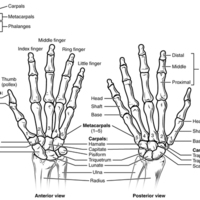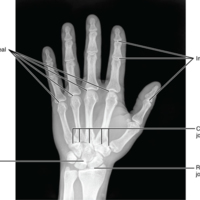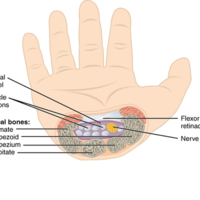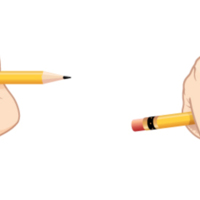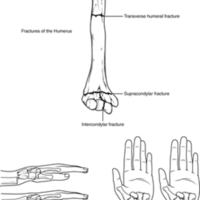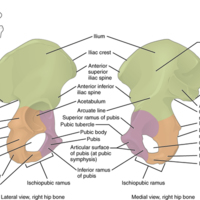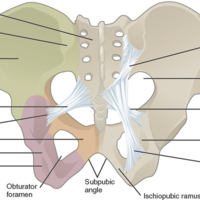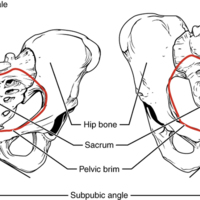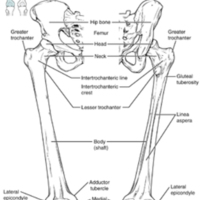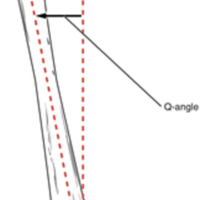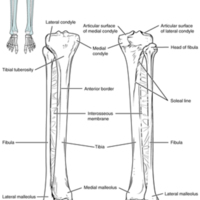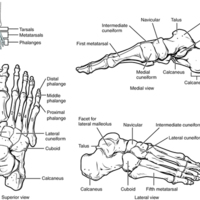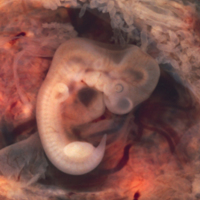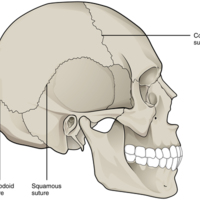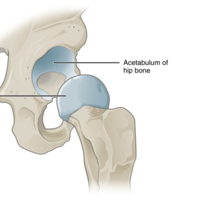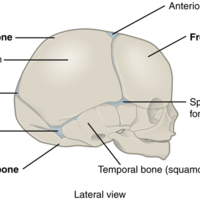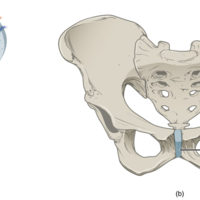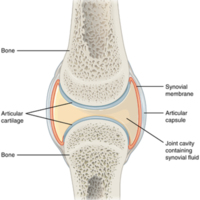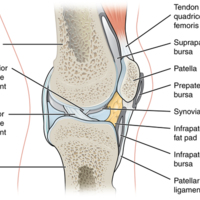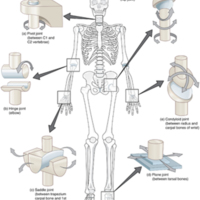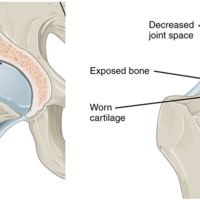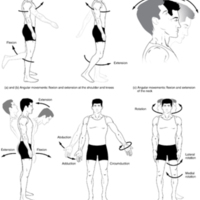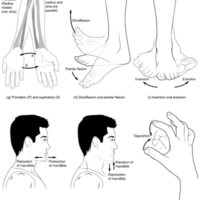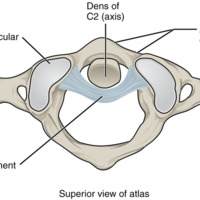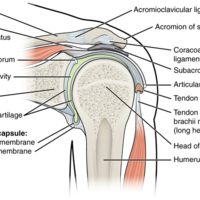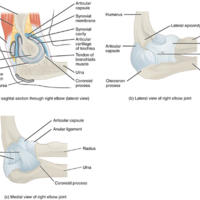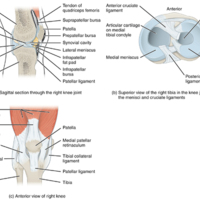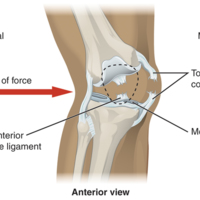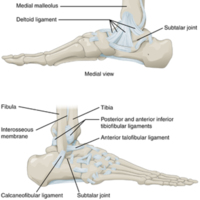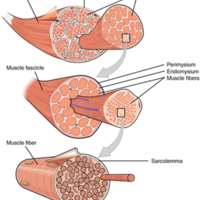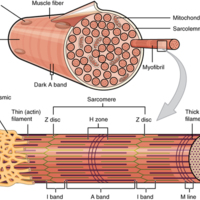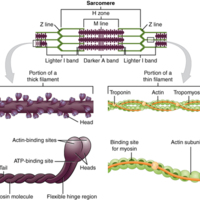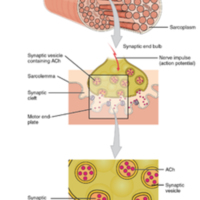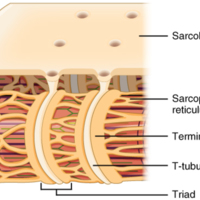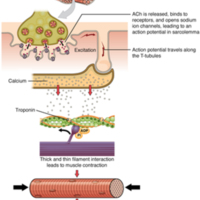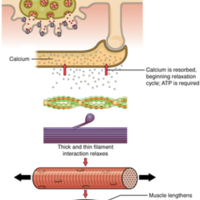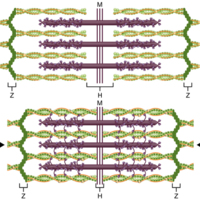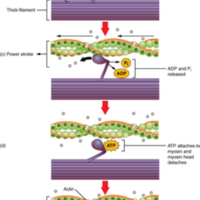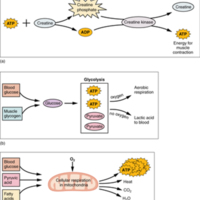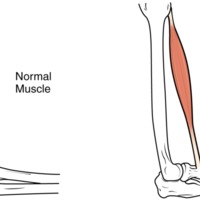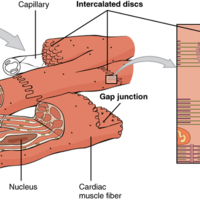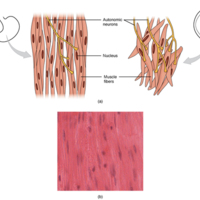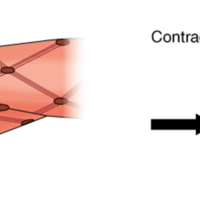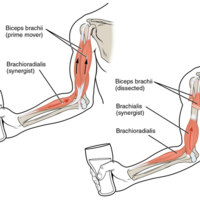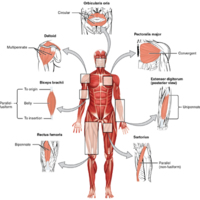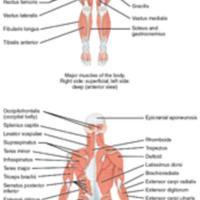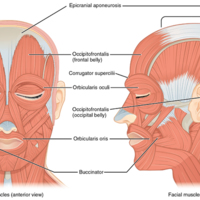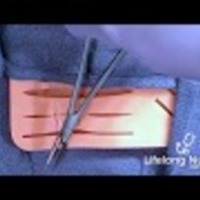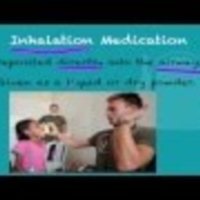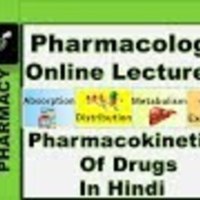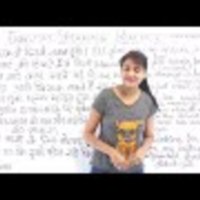Browse Items (1358 total)
Gamete
Tags: dictionary, english dictionary, english vocabulary, gamete, gamete definition, gamete dictionary, gamete explanation, gamete meaning, gamete pronunciation, how to pronounce gamete, how to pronounce words, online dictionary, online vocabulary, vocabulary, what do words mean, what does gamete mean, what does gamete stand fo, what is gamete, what is the definition of gamete, what is the meaning of gamete
Exact Trig Values - Hand Trick
In this video we will discover one method of remember what these values are - by counting fingers on our hand!
In the first…
Tags: 30, 45, 60, 90, cos, digital learning, exact trig values, exact value, exact values, free online education, fuse school, fuseschool, gcse maths, hand tric, high school maths, learn maths, mathematics, maths, maths help, online learning, school maths, sin, table, tan, trigonometric values, trigonometry
Spore
Tags: dictionary, english dictionary, english vocabulary, how to pronounce spore, how to pronounce words, online dictionary, online vocabulary, spore, spore definition, spore dictionary, spore explanation, spore meaning, spore pronunciation, vocabulary, what do words mean, what does spore mean, what does spore stand fo, what is spore, what is the definition of spore, what is the meaning of spore
Radiation Rays: Alpha, Beta and Gamma
Input by : Dian Islamiati
Chemistry Adventure
----------
Find us online!
Facebook:…
Tags: bubble science, catalase, catalyst, chemistry demo, chemistry video, classroom videos, decomposition, demo*, elephant toothpaste, Engineering, foam, h2, high school science videos, hydrogen peroxide, K-12, K12, K12 (Education), learning, M.I.T., middle school science videos, MIT, mit k12 videos, mit+k12, molecules, Science, science bubbles, science demo, science out loud, science videos, STEM, STEM videos, surface tension, teaching, videos
DNA Replication
Tags: dictionary, dna replication, dna replication definition, dna replication explanation, dna replication meaning, english dictionary, english vocabulary, how to pronounce words, online dictionary, online vocabulary, vocabulary, what do words mean, what does dna replication mean, what does dna replication stand fo, what is dna replication, what is the definition of dna replication, what is the meaning of dna replication
Cancer System Biology
Tags: cancer systems biology, cancer systems biology definition, cancer systems biology explanation, cancer systems biology meaning, dictionary, english dictionary, english vocabulary, how to pronounce words, online dictionary, online vocabulary, vocabulary, what do words mean, what does cancer systems biology mea, what is cancer systems biology, what is the definition cancer systems biology, what is the meaning of cancer systems biology explanation
12 All Natural Toothache
Nowadays, modern medicine has its own solutions, but there still several natural toothache remedies that people use just to avoid the…
Tags: 12 ALL NATURAL TOOTHACHE REMEDIES YOUR DENTIST DOESN’T WANT YOU TO KNOW ABOUT, bleeding, causes, cavity, cure, get, get rid of toothache, gums, home remedies, home remedies toothache, home remedy, home remedy for toothache, how, kill nerve, kill@nerve, natural remedies, nerve, of, pain, pain relief, remedies, rid, swelling, to, tooth, tooth ache, tooth pain, toothache, toothache home remedies, toothache treatmen, top10homeremedies, treatment, wisdom tooth
The Meaning of Clinical Death
Tags: clinical death, clinical death definition, clinical death explanation, clinical death meaning, dictionary, english dictionary, english vocabulary, how to pronounce words, online dictionary, online vocabulary, vocabulary, what do words mean, what does clinical death mean, what does clinical death stand fo, what is clinical death, what is the definition of clinical death, what is the meaning of clinical death
Atomic Physics
Tags: atomic physics, atomic physics definition, atomic physics explanation, atomic physics meaning, dictionary, english dictionary, english vocabulary, how to pronounce words, online dictionary, online vocabulary, vocabulary, what do words mean, what does atomic physics mean, what does atomic physics stand fo, what is atomic physics, what is the definition of atomic physics, what is the meaning of atomic physics
The Normal Electrocardiogram
View the course…
Removal of Carious Lesion
This is part of the Open.Michigan collection at:…
Tags: cavity, Preparatio
Local Anesthetic Injection Techniques
This is part of the Open.Michigan collection at:
http://open.umich.edu/education
Tags: Anesthesi
Scaling and Root Planing: Part II Mandibular Teeth
This is part of the Open.Michigan collection at:
http://open.umich.edu/education
Tags: Dentistry, Historical, Periodontic, Surgical, Techniques
Present Perfect Tense
Tags: education, EFL, ELT, English as a second language, English Grammar, English Language training, English listening, English speaking, english vocabulary, ESL, ESLgold, Free English Lesson, Grammar, IELTS, itep, Language education, Learn English, Learn to speak English, learning English, Learning English ESLgold, Lessons, Present Perfect Tense, Present Perfect Tense for ESL student, School, Speak English, student, Teacher, TEFL, TESOL, www.ESLgold.com
Introduction to Sociology - The Sociological Imagination - Part 1
concrete examples from everyday life, history, and contemporary events.
Nietzsche on Power, Knowledge and Morality
Today we take a bridge into the twentieth century, constructed by Nietzsche, Freud, and Weber's critical theory. Each author is different in important ways, but they also agree on two crucial…
Surgical Excision of a Multi-Lobular, Recurrent, Bartholin Duct Cyst
Tags: Bartholin duct, cyst, gynecology, surgery
Circulatory Derangements I
View the course…
Tags: Circulatory, Derangements, educational, health, lectur
Circulatory Derangements II
View the course…
Tags: Circulatory, Derangements, educational, health, II, lectur
Endocrine System and Influence on Behavior Part 2
Watch the next lesson: https://www.khanacademy.org/test-prep/mcat/behavior/human-development/v/egg-sperm-and-fertilization?utm_source=YT&utm_medium=Desc&utm_campaign=mcat
Missed the previous lesson?…
Estrogen
Watch the next lesson: https://www.khanacademy.org/test-prep/nclex-rn/rn-reproductive-system-physiology/rn-reproductive-system/v/maternal-changes-in-pregnancy?utm_source=YT&utm_medium=Desc&utm_campaign=Nclex-rn
Missed…
Testosterone
Watch the next lesson: https://www.khanacademy.org/test-prep/nclex-rn/rn-reproductive-system-physiology/rn-reproductive-system/v/basics-of-egg-development?utm_source=YT&utm_medium=Desc&utm_campaign=Nclex-rn
Missed the…
The Ovarian Cycle
Watch the next lesson: https://www.khanacademy.org/test-prep/nclex-rn/rn-reproductive-system-physiology/rn-reproductive-system/v/meet-the-placenta?utm_source=YT&utm_medium=Desc&utm_campaign=Nclex-rn
Missed the…
Reproductive system physiology
Watch the next lesson:…
Support Vector Machines
Tags: Abu-Mostafa, Big Data, California Institute Of Technology (Organization), Caltech, Computer, Computer Science (Industry), course, Data, Data Mining (Technology Class), Data Science, kernel methods, KKT, Lagrange Multiplier (Concepts/Theories), Learning (Quotation Subject), learning from data, Lecture (Type Of Public Presentation), Machine Learning (Field Of Study), margin, MOOC, quadratic programming, Science, Support Vector Machine, SVM, Technology (Professional Field), Vapnik, Yase
How to Remove Surgical Staples :)
Hi Guys!
Thank you so much for watching this channel :)
Here is just a quick & simple nursing skill, that I really hope you enjoy!
I appreciate all of your comments, likes & shares so much!!
Really looking forward to growing…
Tags: channel for nurses, channel for nursing students, how to remove staples after surgery, how to remove surgery staples, nurs, nurse, nursing, nursing skills, nursing students, rn studen, staple surgery, staples after surgery, staples for surgery, staples from surgery, staples in surgery, staples surgical, staples used for surgery, student nurse, student rn, surgery staples, surgical staple, surgical stapling, what nurses do, when to remove staples after surgery
Pain Temperature
BY : UPT Perpustakaan Universitas Syiah Kuala
UKM Literasi Unsyiah
Tags: pain, temperature
Media Innovation and Entrepreneurship
Alkanes and Alkenes
Tags: a-levels, Alevels, alkane, alkanes, alkene, alkenes, AQA, bonding, Chemistry, chemistry journey, covalent bonds, double bond, double covalent bond, free online courses, GCSE, global education, hydrocarbo, OCR, Revision, Science, science videos, student videos science, students, the virtual school, video
Calculus - Derivative of an Inverse Function
Gives a graphical explanation of how the derivative of an inverse function is related to the reciprocal of the derivative of the original function.
Uses the example y = x^2 + 1…
Clinical Pharmacy
Source: Wikipedia.org article, adapted under https://creativecommons.org/licenses/by-sa/3.0/ license.
Clinical pharmacy is the branch of pharmacy in which pharmacists provide patient care that optimizes the use of…
Tags: clinical pharmacy, clinical pharmacy definition, clinical pharmacy explanation, clinical pharmacy meaning, dictionary, english dictionary, english vocabulary, how to pronounce words, online dictionary, online vocabulary, vocabulary, what do words mean, what does clinical pharmacy mean, what does clinical pharmacy stand fo, what is clinical pharmacy, what is the definition of clinical pharmacy, what is the meaning of clinical pharmacy
Calculus using Matlab - Laplace Transform
Facebook: https://www.facebook.com/ElectroGramOfficial
Google+ : https://plus.google.com/101150556774956497020
Twitter : https://twitter.com/shahmilan7
Computational Biology
Source: Wikipedia.org article, adapted under https://creativecommons.org/licenses/by-sa/3.0/ license.
Computational biology involves the development and application of data-analytical and theoretical methods,…
Tags: computational biology, computational biology definition, computational biology explanation, computational biology meaning, dictionary, english dictionary, english vocabulary, how to pronounce words, online dictionary, online vocabulary, vocabulary, what do words mean, what does computational biology mea, what is computational biology, what is the definition of computational biology, what is the meaning of computational biology
Probability and Statistics
Analysis of Variance (ANOVA)
Tags: Analysis of Variance, ANOVA, statistic
Thermodynamics : Energy, Entropy, and The Fundamental Laws of Physics.
Anatomy and Physiology of Animals
• symbols used to represent atoms;
• names of molecules commonly found in animal cells;
• characteristics of ions and electrolytes;
• basic structure of carbohydrates with examples;
•…
Business Law and The Legal Environment
1. Distinguish different philosophies of law—schools of legal thought—and explain their
relevance.
2. Identify the various aims that a functioning legal system can serve.
3.…
General Chemistry Principles, Patterns, and
Applications
Business English for Success
Government Regulation and the Legal Environment of Business
of legal and regulatory issues—and organized to permit instructors to tailor the materials to their
particular approach. This book engages…
The Legal and Ethical Environment of Business
concept of the rule of law and how it affects business and economic prosperity. At the conclusion of this
chapter, you should be able to answer…
Money and Banking
some graphs, and some sophisticated vocabulary, but nothing terribly difficult, if you put your brain
to it. The text’s most important goal is…
Tags: Banking, Economic, Money and Banking
Personal Finance
it should introduce you to a way of thinking about your personal financial decisions.
This should lead you to thinking harder and farther about the larger…
Tags: Economic, Finance, Personal Finance
International Finance :
Theory and Policy
general…
Human Relations
Tags: Social interaction
The Sustainable Business Case Book
Agile Processes in Software Engineering and Extreme Programming
Thinking Beyond Sectors for Sustainable Development
are set, the progress that has been made over the past
15 years, and how current debates are…
Tags: Climate, Sustainable Development
The Global Encyclopaedia of Informality Volume I
of getting things done’, these informal yet powerful
practices tend…
The Global Encyclopaedia of Informality Volume II
of getting things done’, these informal yet powerful
practices tend…
The GEO Handbook on Biodiversity Observation Networks
system for monitoring changes in biodiversity. As such, a great number of colleagues have…
Tags: Biodiversity
The Economy as a Complex Spatial System Macro, Meso and Micro Perspectives
Tags: Economics, Macro, Meso, Micro Perspectives
The Economics of Quarantine and the SPS Agreement
Self-Assembled Molecules – New Kind of Protein Ligands
penetrating in regions which are either naturally unstable or become temporarily accessible due…
Satellite Earth Observations and Their Impact on Society and Policy
series of roundtable discussions invited perspectives from experts to understand how…
Agricultural Implications of the Fukushima Nuclear Accident
Aquaculture Perspective of Multi-Use Sites in the Open Ocean: The Untapped Potential for Marine Resources in the Anthropocene
A timely analysis of the rapid development of offshore energy production…
Beyond Waters: Archaeology and Environmental History of the Amazonian Inland
Care in Healthcare: Reflections on Theory and Practice
Tags: Care, Healthcare, Medicine
Climate Smart Agriculture: Building Resilience to Climate Change
Tags: agriculture, Climate, climate change
Coastal Lagoons in Europe: Integrated Water Resource Strategies
Tags: Coastal, Coastal Lagoons, Environment, Water Resources
Contemporary Issues in Human Rights Law
As a result, their contributions collected here…
Tags: Contemporary Issue, Human Rights Law, Law
Criminal Law
Although it is…
Tags: Criminal Law, Law
Diversity and Evolution of Butterfly Wing Patterns
Earth Observation Open Science and Innovation
Tags: Earth, Earth Science, Geography, Geospatial
Earthquakes, Tsunamis and Nuclear Risks
Tags: Earth Science, earthquakes, Nuclear Risks, Tsunamis
Ethics and Civil Drones
Tags: Civil Engineering
Evaluating Climate Change Action for Sustainable Development
Faecal Sludge Management Systems Approach for Implementation and Operation
Tags: Faecal Sludge
Field Trials of Health Interventions: A Toolbox
Before new interventions are released into disease control programmes, it is essential that they are carefully evaluated in `field trials'. These may be complex and expensive undertakings, requiring the follow-up of hundreds, or…
Food Price Policy in an Era of Market Instability: A Political Economy Analysis
Freshwater Microplastics
Mapping and the Citizen Sensor
Methods in World History A Critical Approach
Tags: World History
Principles and Practice of Case-based Clinical Reasoning Education A Method for Preclinical Students
Principles of Microeconomics
Tags: Economics, Microeconomics
Prison, Architecture and Humans
Tags: Architecture, Humans, Prison
Public Health Ethics: Cases Spanning the Globe
Tags: Medicine & Health, Public Health
Religious Architecture: Anthropological Perspectives
Tags: Anthropological, Architecture, Religious
Rivers of the Anthropocene
Sago Palm: Multiple Contributions to Food Security and Sustainable Livelihoods
Tags: agriculture, Food, Sago Palm
Communicative Figurations: Transforming Communications in Times of Deep Mediatization
Teacher Guide
Tags: education, Teacher Guide
Steps to Success: Crossing the Bridge Between Literacy Research and Practice
Tags: Steps to Success
UGA Anatomy and Physiology 2 Lab Manual
Blood Composition
Blood Typing
Heart Anatomy
Cardiovascular Physiology
Systemic Blood Vessels
Anatomy of the Respiratory System
Physiology of the Respiratory System
…
Genetics and Genomics
Tags: bioethics., cytogenetics, developmental genetics, epigenetics, evolution genetics, gene environmental interaction, genetics of sex, genomic methods, genomics of complex diseases, human genomics, immunogenetics, meiosis, Mendelian inheritance, Mitosis, mutations, nutrigenetics, oncogenetics, pharmacogenomics, population genetics, stem cell biology, systems biology
ePortfolio Performance Support Systems Constructing, Presenting, and Assessing Portfolios
Tags: ePortfolio
WAC Partnerships Between Secondary and Postsecondary Institutions
Tags: WAC Partnerships
WAC and Second-Language Writers: Research Towards Linguistically and Culturally Inclusive Programs and Practices
Tags: Second-Language Writers, WAC
Public Health Ethics: Global Cases, Practice, and Context
Tags: Context, Global Cases, Practice, Public Health Ethics
Writing as Material Practice: Substance, surface and medium
Tags: Writing
Theatrical Worlds
Accountancy
classified, summarized, interpreted, and communicated. Accounting is the language of business.
Tags: Accountancy, Business
Entrepreneurship Education and Training
country, so much that entrepreneurship is seen as a solution for the fast changing
economic demands worldwide and has been recognized as a path to sustainable
economic…
Fundamentals of Global Strategy A Business Model Approach
competitive presence and introduces the fundamentals of global strategic thinking.
We define crafting a global strategy in terms of change—how a company…
Tags: Business, Economics, Global Strategy
Global Business Strategy: A Systems Approach
strategy is estimating readers' knowledge of the domain. Should the author assume
that the student already comprehends such subjects as international…
Methodologies, Tools and New Developments for E-Learning
Tags: E-Learning, Methodologies, New Developments, Tools
Respiratory System
Tags: Human Anatomy, respiratory system
Circulatory System
Tags: Circulatory System, Human Anatomy
Digestive System
The beginning of the digestive system is the mouth and teeth. Food that we eat has to be broken down into nutrients that cells in…
Tags: Digestive System, Human Anatomy
Excretory System
Unabsorbed food goes to the large intestine. The liver also filters out solid particles of waste from…
Tags: Excretory System, Human Anatomy
The Human Skeleton
Our vital organs in our body are protected by our skeleton. More specifically our brain which is protected by what is called the skull and our heart and lungs are protected by our rib…
Tags: Human Anatomy, Human Skeleton
Cardio
1) Jog. You can do this outside on a treadmill or however you like.
2) Jump Rope routine 1
3) 10 Minute Jump Rope routine
4) Exercise Bikes
5) Sports Playing
Tags: Cardio, Human Anatomy
Chambers and Circulation through the Heart
Tags: Chambers, Circulation, Heart
Shoulder Joint
Tags: Human Anatomy, Shoulder Joint
Levels of Structural Organization of the Human Body
Positive Feedback Loop
Regions and Quadrants of the Peritoneal Cavity
Tags: Peritoneal Cavity, Quadrants, Regions
Serous Membrane
Tags: Human Anatomy, Serous Membrane
Choosing & Using Sources: A Guide to Academic Research
Tags: Academic Research, education
Applied Finite Mathematics
Tags: Finite Mathematics, mathematics
Financial Accounting
Tags: Economics, Financial Accounting
Foundational Practices of Online Writing Instruction
Tags: Online Writing
Genre in a Changing World
Tags: Changing World
Perspectives: An Open Invitation to Cultural Anthropology
Writing Spaces Web Writing Style Guide
Writing for Success
Beginning with the sentence and…
Tags: Writing for Success
Stand up, Speak out: The Practice and Ethics of Public Speaking
Tags: Ethics, Practice, Public Speaking, Speak out, Stand up
Project Management from Simple to Complex
Tags: Project Management
Social Problems: Continuity and Change
Tags: Social Problem
Research Methods in Psychology
Tags: Educations, Psychology, Research Methods
Underground Water Impact Report for the Surat Cumulative Management Area
Tags: Water Impact
X-Ray of a Hand
Tags: Medicine & Health, X-Ray
Medical Imaging Techniques
Elements of the Human Body
Tags: anatomy, Elements, Human Body
The Periodic Table of the Elements
Tags: Chemistry, Elements, Periodic Table, Science
Monosaccharides
The remaining…
Disaccharides
Tags: anatomy, Chemistry, Disaccharides
Polysaccharides
Starches are polymers of glucose. They occur in long chains called amylose or branched chains called amylopectin, both of which are…
Tags: anatomy, Chemistry, Polysaccharides
Triglycerides
Tags: Chemistry, Triglycerides
Other Important Lipids
Tags: Chemistry, Lipids, Phospholipids
Adenosine Triphosphate
Tags: Adenosine Triphosphate, anatomy, Chemistry
Cell Membrane
Tags: anatomy, Cell Membrane
Simple Diffusion across the Cell (Plasma) Membrane
Tags: Cell (Plasma) Membrane
Facilitated Diffusion
Tags: anatomy, Facilitated Diffusion
Sodium-Potassium Pump
Tags: anatomy, Sodium-Potassium Pump
Three Forms of Endocytosis
Tags: anatomy, Endocytosis, Three Forms
Exocytosis
Tags: anatomy, Exocytosis
Prototypical Human Cell
Tags: anatomy, Human Cell, Prototypical
Endoplasmic Reticulum (ER)
Golgi Apparatus
Tags: anatomy, Golgi Apparatus
Mitochondrion
Tags: anatomy, Mitochondrion
The Three Components of the Cytoskeleton
Tags: anatomy, Cytoskeleton
Multinucleate Muscle Cell
Tags: Anatomy & Physiology, Muscle Cell
DNA Macrostructure
Tags: Anatomy & Physiology, DNA
Molecular Structure of DNA
Tags: Anatomy & Physiology, DNA
DNA Replication
The Genetic Code
Tags: Anatomy & Physiology, Genetic, Genetic Code
Transcription: from DNA to mRNA
Splicing DNA
Tags: Anatomy & Physiology, DNA
Translation from RNA to Protein
From DNA to Protein: Transcription through Translation
A Homologous Pair of Chromosomes with their Attached Sister Chromatids
Cell Division: Mitosis
Tags: anatomy, Cell Division, Mitosis
Hematopoiesis
Tags: Hematopoiesis
Stem Cells
Tags: Anatomy & Physiology, Stem Cells
Micrograph of Cervical Tissue
Four Types of Tissue: Body
Tags: Anatomy & Physiology, Body, Types of Tissue
Embryonic Origin of Tissues
Tags: Anatomy & Physiology, Embryonic, Tissues
Tissue Membranes
Types of Cell Junctions
Cells of Epithelial Tissue
Goblet Cell
Tags: Anatomy & Physiology, Cell, Goblet Cell
Summary of Epithelial Tissue Cells
Modes of Glandular Secretion
Sebaceous Glands
Connective Tissue Proper
Tags: Anatomy & Physiology, Tissue
Adipose Tissue
Reticular Tissue
Dense Connective Tissue
Types of Cartilage
The Neuron
Tags: Anatomy and Physiology, Neuron
Nervous Tissue
Tags: Anatomy & Physiology, Nervous Tissue, Tissue
Layers of Skin
Layers of the Epidermis
Cells of the Epidermis
Layers of the Dermis
Skin Pigmentation
Moles
Tags: Anatomy & Physiology, Moles
Vitiligo
Tags: Anatomy & Physiology, Vitiligo
Hair
Tags: Anatomy & Physiology, Body, Hair
Nails
Tags: Anatomy & Physiology, Body, Nails
Eccrine Gland
Thermoregulation
Acne
Tags: Acne, Anatomy & Physiology
Bones Protect Brain
Anatomy of a Long Bone
Periosteum and Endosteum
Tags: Anatomy & Physiology, Endosteum, Periosteum
Anatomy of a Flat Bone
Bone Features
Bone Cells
Tags: Anatomy & Physiology, Bone Cells
Diagram of Compact Bone
Diagram of Spongy Bone
Paget's Disease
Diagram of Blood and Nerve Supply to Bone
Intramembranous Ossification
Endochondral Ossification
Longitudinal Bone Growth
Progression from Epiphyseal Plate to Epiphyseal Line
Types of Fractures
Tags: Anatomy & Physiology, Body, Fractures
Stages in Fracture Repair
Tags: Anatomy & Physiology, Body, Fracture
Graph Showing Relationship Between Age and Bone Mass
Tags: Age, Anatomy & Physiology, Bone Mass
Pathways in Calcium Homeostasis
Axial and Appendicular Skeleton
Parts of the Skull
Tags: Anatomy & Physiology, Skull
Anterior View of Skull
Tags: Anatomy & Physiology, Skull
Lateral View of Skull
Tags: Anatomy & Physiology, Skull
Cranial Fossae
Temporal Bone
External and Internal Views of Base of Skull
Tags: Anatomy & Physiology, Skull
Posterior View of Skull
Tags: Anatomy & Physiology, Skull
Sphenoid Bone
Sagittal Section of Skull
Ethmoid Bone
Tags: Anatomy & Physiology, Ethmoid Bone
Lateral Wall of Nasal Cavity
Maxillary Bone
Bones of the Orbit
Tags: Anatomy & Physiology, Bones
Nasal Septum
Tags: Anatomy & Physiology, Nasal Septum
Paranasal Sinuses
Hyoid Bone
Tags: Anatomy & Physiology, Hyoid Bone
Vertebral Column
Abnormal Curvatures of the Vertebral Column
Osteoporosis
Tags: Anatomy & Physiology, Osteoporosis
Parts of a Typical Vertebra
Intervertebral Disc
Cervical Vertebrae
Thoracic Vertebrae
Lumbar Vertebrae
Sacrum and Coccyx
Tags: Anatomy & Physiology, Coccyx, Sacrum
Herniated Intervertebral Disc
Ligaments of Vertebral Column
Rib Articulation in Thoracic Vertebrae
Thoracic Cage
Newborn Skull
Pectoral Girdle
Scapula
Tags: Anatomy & Physiology, Scapula
Humerus and Elbow Joint
Tags: Anatomy & Physiology, Elbow Joint, Humerus
Ulna and Radius
Tags: Anatomy & Physiology, Radius, Ulna
Bones of the Wrist and Hand
Tags: Anatomy & Physiology, Bones, Hand, Wrist
Bones of the Hand
Tags: Anatomy & Physiology, Bones, Hand
Carpal Tunnel
Hand During Gripping
Tags: Anatomy & Physiology, Hand
Fractures of the Humerus and Radius
Tags: Anatomy & Physiology, Fractures, Humerus, Radius
Pelvis
Tags: Anatomy & Physiology, Pelvis
The Hip Bone
Tags: Anatomy & Physiology, Hip Bone
Ligaments of the Pelvis
Tags: Anatomy & Physiology, Ligaments, Pelvis
Male and Female Pelvis
Femur and Patella
Tags: Anatomy & Physiology, Femur, Patella
The Q-Angle
Tags: Anatomy & Physiology, Q-Angle
Tibia and Fibula
Tags: Anatomy & Physiology, Fibula, Tibia
Bones of the Foot
Tags: Anatomy & Physiology, Bones, Foot
Embryo at Seven Weeks
Tags: Anatomy & Physiology, Embryo, Seven Weeks
Clubfoot
This photograph shows a baby with a clubfoot.Clubfoot is a common deformity of the ankle and foot that is present at birth. Most cases are corrected without surgery, and affected individuals will grow up to lead normal, active lives.…
Tags: Anatomy & Physiology, Clubfoot
Suture Joints of Skull
Tags: Anatomy & Physiology, Skull
Multiaxial Joint
Fibrous Joints
The Newborn Skull
Cartiliginous Joints
Synovial Joints
Bursae
Tags: Anatomy & Physiology, Bursae
Types of Synovial Joints
Osteoarthritis
Movements of the Body, Part 1
Tags: Anatomy & Physiology, Body, Movements
Movements of the Body, Part 2
Tags: Anatomy & Physiology, Body, Movement
Atlantoaxial Joint
Temporomandibular Joint
Glenohumeral Joint
Elbow Joint
Tags: Anatomy & Physiology, Elbow Joint
Hip Joint
Tags: Anatomy & Physiology, Hip Joint
Knee Joint
Tags: Anatomy & Physiology, Knee Joint
Knee Injury
Tags: Anatomy & Physiology, Knee Injury
Ankle Joint
Tags: Anatomy & Physiology, Ankle Joint
The Three Types of Muscle Tissue
The Three Connective Tissue Layers
Muscle Fiber
Tags: Anatomy & Physiology, Muscle Fiber
The Sarcomere
Tags: Anatomy & Physiology, Sarcomere
Motor End-Plate and Innervation
The T-tubule
Tags: Anatomy & Physiology, biology, T-tubule
Contraction of a Muscle Fiber
Relaxation of a Muscle Fiber
The Sliding Filament Model of Muscle Contraction
Skeletal Muscle Contraction
Muscle Metabolism
Types of Muscle Contractions
Atrophy
Tags: Anatomy & Physiology, Atrophy, biology, Human Anatomy
Cardiac Muscle
Smooth Muscle Tissue
Muscle Contraction
Motor Units
Prime Movers and Synergists
Muscle Shapes and Fiber Alignment
Overview of the Muscular System
Muscles of Facial Expression
The Nose and its Adjacent Structures
Calculus -- The foundation of modern science
Basic Suturing: How to Suture
Drug Formulations
Pharmacokinetics/ADME Of Drugs | Pharmacology Online Lecture-1 | For Upcoming D.Pharm & B.Pharm Exam
Topic discussed in the…
English Speaking Course in Hindi for Beginners English Speaking Tutorial
If you just started learning English, you first need to know some basic rules of the language. Developing a solid foundation in English grammar will not only help you create your own sentences correctly but will also make it easier to improve…


